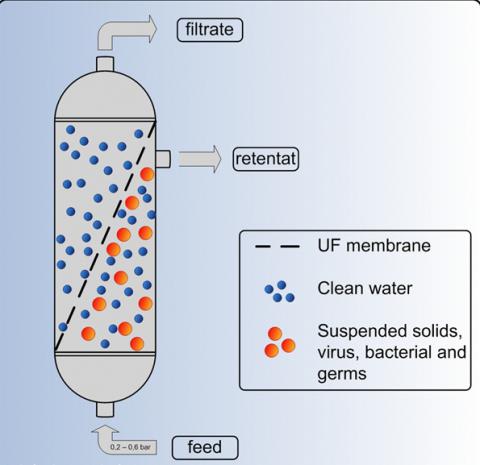Under the Regional Programme for pollution control in the tanning industry in South-East Asia UNIDO has been actively looking for methods to improve conventional treatment processes which simultaneously reduce the nitrogen content and give the possibility of dealing with TDS/chlorides present in the effluent. The following technologies relating to the issues mentioned were implemented in pilot demonstration units:
- Mechanical/manual removal of excess salt from wet salted hides and skins
- Reverse osmosis (RO) of treated tannery effluent
- Improved solar evaporation
- Carbon dioxide (CO2) deliming in a small scale tannery to reduce ammonical nitrogen
- Constructed wet land treatment system (reed beds) possibly resulting in nitrification/denitrification
- Ultrafiltration
A study with preliminary estimates of costs of multistage evaporation system to recover salt from reject generated by RO has also been prepared.
In another study, the scope of replacement of secondary clarifier in the biological treatment stage by ultrafiltration has been assessed. (Mladen Bosnic, December, 1997).
This report deals specifically with ultrafiltration.


